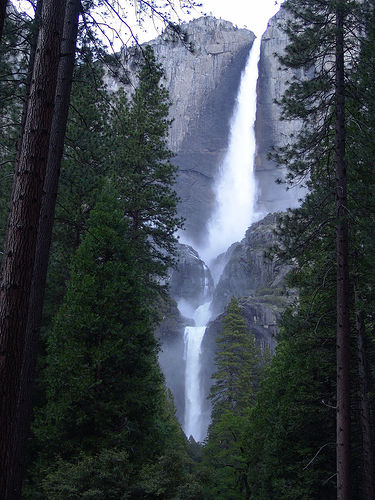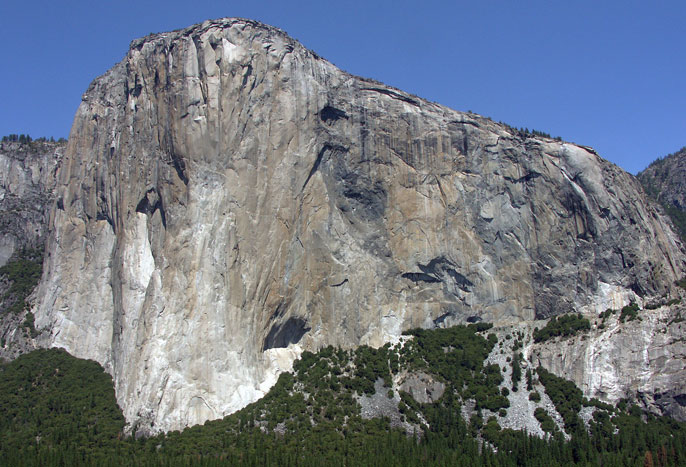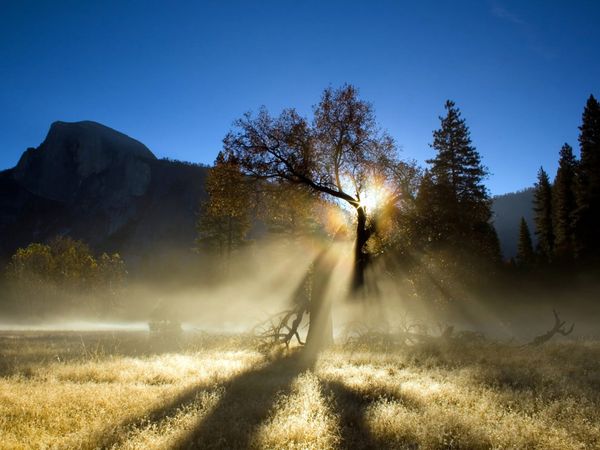Located in the high plateau country Utah, Zion National Park was established in 1919. Upon its first settlers in the 1860's, it was given the Hebrew name Zion, which means "a place of peace and relaxation." With almost 149,000 acres and 232 square miles of terrain, the stunning beauty of Zion's rivers have been forming for the past 2,000 years. There are about 100 miles of wilderness trials for visitors to explore. Due to Zion's diverse ecosystems and unique terrain, this allows for nearly 900 different species of plants to live in Zion that are not found anywhere else in Utah. The Virgin River flows all throughout Zion, carving out the one-of-a-kind sandstone walls and canyons. While the beautiful canyons are one of Zion's famous attractions, they are hazardous when the rainy season comes due to flash floods, so it is best to plan out your trip in advance. Some of Zion's most popular attractions consist of Angels Landing, Kolob Terrace/Canyons and Big Bend. Kolab Arch is also one of Zion's main attractions as it is one of the largest free standing arches in the world. Zion National Park's serene landscape and beauty is a site worth making the journey for.
Winter Activities: Summer Activities:
-Hiking/Backpacking -Hiking/Backpacking
-Camping -Camping
-Cross Country Skiing -Bicycling
-Snowshoeing -Rock Climbing
-Horseback Riding
Pictures
Facts



















